|
Shalom Y'all!
Welcome to this week’s edition of Better Know a Jewish Holiday: Rosh Ha’Shanah!! The fightin’ New Year!!
For my own personal Rosh Ha’shannah resolution I’m going to re-do The More Jew Know so it’s more user-friendly and easy to navigate. I will also commit to getting the holiday posts up at least a week ahead of time instead of a day.
So, on to the main event: As some of you may know, Rosh Ha’Shannah (Rowsh hah-shah-NAH or hah-SHAH-nah) is celebrated as the new year, despite being the first day of the seventh month of the Jewish Calendar.
Technically, the first month of the Jewish calendar is in the spring, which makes sense because it’s a time of new beginnings.
However, this is the time we were told to celebrate so we go with it. The words “Rosh Ha’Shanah” literally translate to “Head of the Year” and it is actually never referred to by that name in the Bible. Instead, the holiday is called “Yom T’ruah”, which loosely translates to “The Day of of the Sounding of the Shofar.”
The shofar (show-FAR) is a rams horn blown throughout services during the holidays…
Okay, now that we’ve gotten that out of our systems… the shofar is blown in different cadences throughout the day.To demonstrate, I present to you, Jim the Shofar man (you should really watch this, he’s wearing an awesome robe):
While there is no explanation in the bible for why the shofar is blown, it’s sound has come to resonate with deep meaning to many Jews.
To some, the sound is an alarm clock, waking them up to the reality of the world around them and calling them to start the new year with a fresh outlook:
To others, it’s a clarion call urging them to reexamine their actions and commit to living a better life and making the world a better place.
The shofar is also a sound that has been heard across generations of Jews. Tradition holds that when the 600,000 Jews who left Egypt stood before Mt. Sinai to get the Torah from God, they heard the sound of the Shofar all around them. The shofar in my room belonged to my great-great-grandfather, and possibly to his father before him.
Personally, the shofar means all of these things in different years and can even mean them all at different times throughout the day. It’s a piercing sound that gets under my skin and both comforts and challenges me.
Rosh Ha’Shanah is a holiday of deep self reflection and we spend much of the day in synagogue thinking about who we have been over the past year and where we are going.
There are too many good “who am I” gifs to pick just one:
Rosh Ha’shana is the first of two “high holidays.” The second, Yom Kippur, arrives 10 days later.
Tradition holds that on Rosh Hashanah God writes us in the book of death or the book of life, then we have 10 days to cram in as much repentance as possible before he seals the books on Yom Kippur.
Rosh Ha’Shanah begins Sunday night and lasts through Tuesday evening. Unlike many other cultural new years, we do not get fireworks or cool costumes.
During our festive meals, we traditionally bring in a sweet new year by eating apples and honey, as well as honey cake, tzimmus (candied fruit with honey), and often just honey.
Bonus Rosh Ha’Shana fun fact: On the afternoon of the first day, we go to a body of water (usually running water like a river or stream) and empty out our pockets or toss bread crumbs in during a ceremony called Tashlich (TAHSH-likh)
The crumbs are symbolic of the sins and other baggage we’re leaving behind as we enter the New Year.
So, without further ado, I wish all of you a sweet, healthy, and happy new year full of meaning and joy.
Shana Tova u’Metukah (Shah-NAH Toe-VAH oo-meh-too-KAH)!
1 Comment
|
About the JewThe Jew is an Uber driving, Bar Mitzvah DJing, yoga teaching ex-journalist from Ann Arbor, Michigan who attends rabbi School in NYC. Archives
October 2018
Categories |
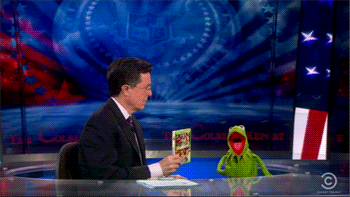

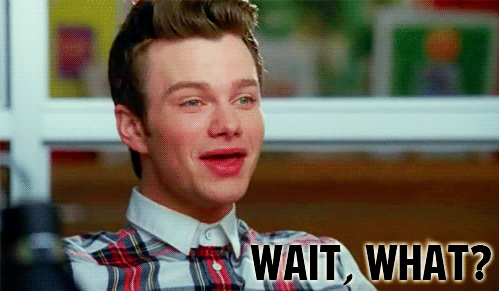
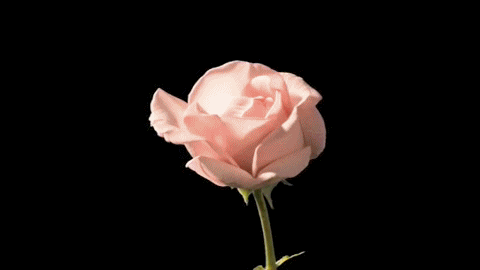
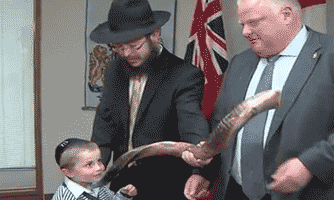
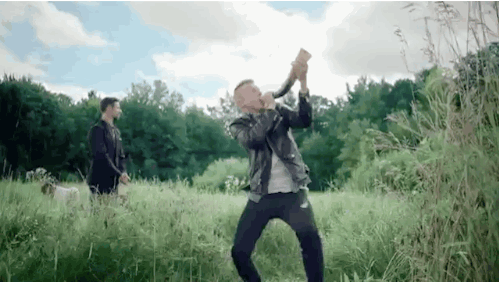
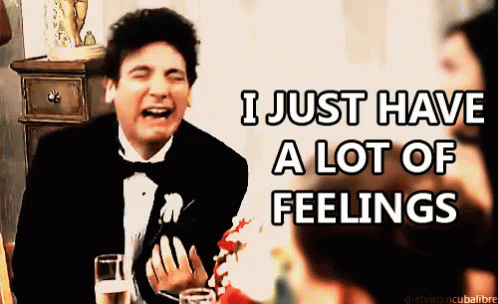


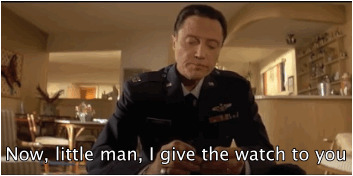



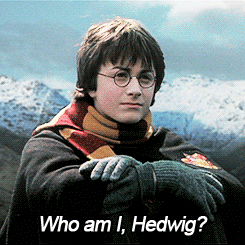
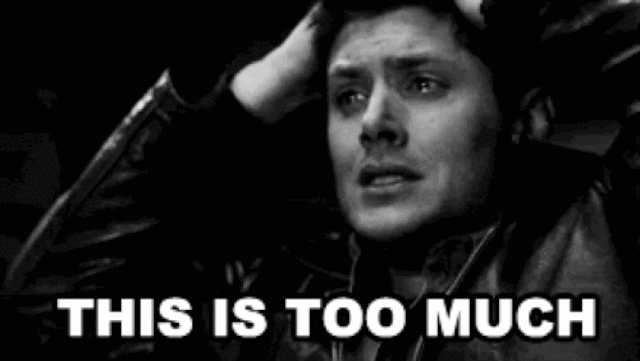


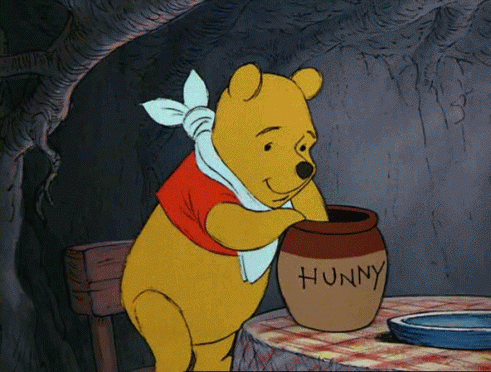


 RSS Feed
RSS Feed
